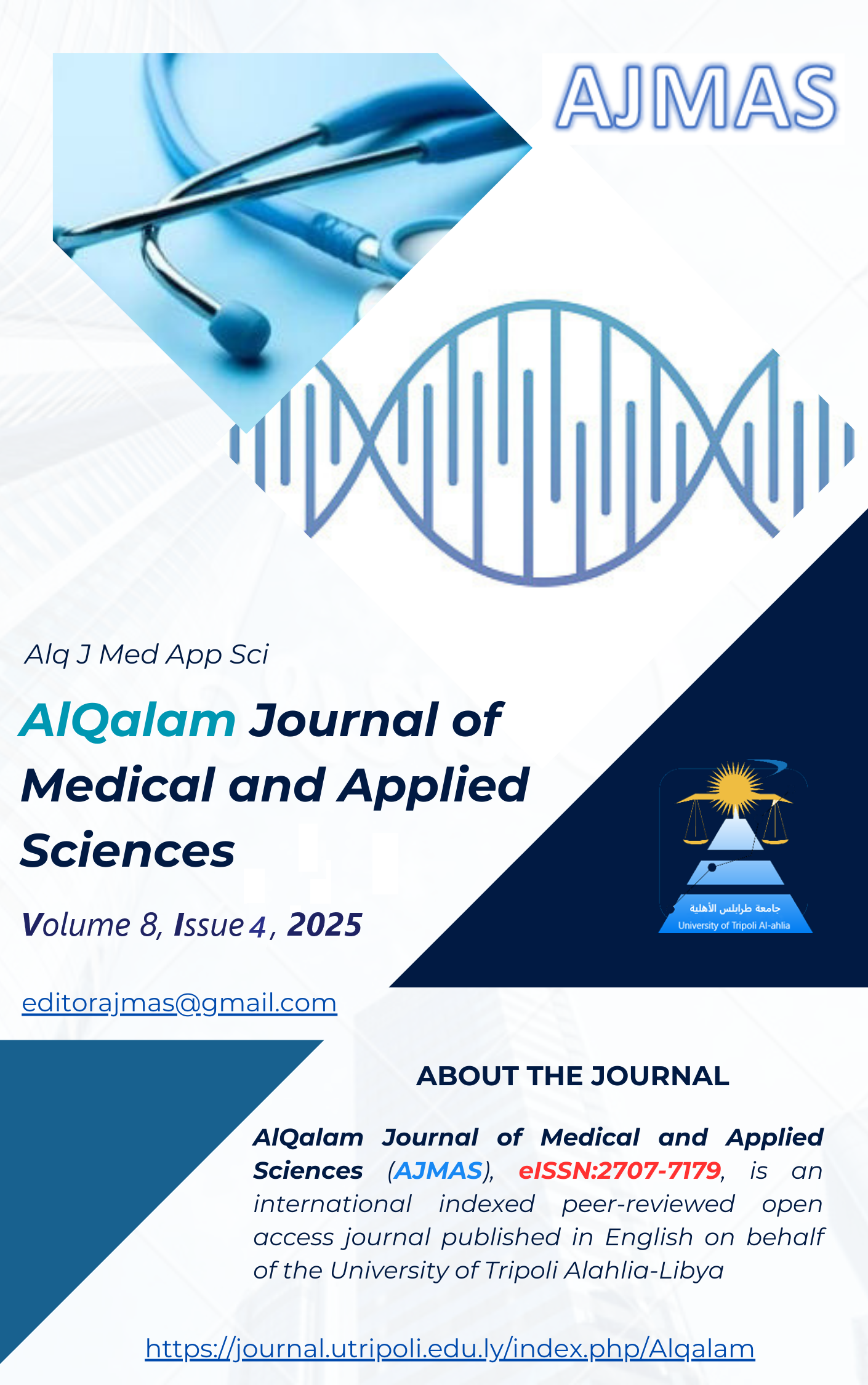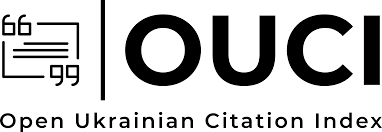Using Ionic Coupled Plasma (ICP) for estimating some Heavy Metals and elements in some Tea Samples and calculating their Health Risk Assessment
DOI:
https://doi.org/10.54361/ajmas.258416Keywords:
Heavy Metals, Tea, ICP-MS, Health Risk Assessment, Libya, THQ, HI.Abstract
Tea is one of the most widely consumed beverages globally, including in Libya. This study investigates the concentrations of heavy metals in twelve tea samples available in Libyan markets using Inductively Coupled Plasma Mass Spectrometry (ICP-MS). The health risks associated with these metals were evaluated using the Target Hazard Quotient (THQ) and Hazard Index (HI). The results of this study recorded that some metals were detected in the studied Tea samples, including: Fe, Zn, Mn, Al, Cu, Cr, Ni, Ca. On the other hand, the metals of Pb, Co, Cd, Ag. As, and Sb were not detected in the studied samples. The contents of detected metals were fluctuated in the ranges of (0.24 – 1.08), (0.22 – 2.85), (1.68 – 6.69), (1.80 – 6.02), (0.060 – 0.13), (0.010 – 0.023), (ND – 0.022) and (16.97 – 27.87 µg/g), for Fe, Zn, Mn, Al, Cu, Cr, Ni and Ca, respectively. The higher concentrations were obtained for Mn, followed by Cr, then Fe. Results showed elevated levels of manganese (Mn) exceeding the Maximum Residue Limits (MRLs), while other metals such as zinc (Zn), iron (Fe), aluminum (Al), copper (Cu), chromium (Cr), nickel (Ni), and calcium (Ca) were within acceptable ranges. However, THQ and HI values for Mn and Cr in some samples exceeded safe thresholds, indicating potential health risks. These findings highlight the need for stricter quality control and monitoring of imported tea products in Libya.
Downloads
Published
How to Cite
Issue
Section
License
Copyright (c) 2025 Hamad Hasan, Marwa Khalifa, Monira Saleh

This work is licensed under a Creative Commons Attribution 4.0 International License.














